Third Pillar Solar is making waves exploring the installation of up to 500 MW of floating solar on water reservoirs Texas.
The Houston-based company entered into an agreement with Diamond Infrastructure Solutions giving Third Pillar exclusive access to its water reservoirs. The companies said the projects are planned to be constructed and in service by the end of the decade. If executed, the companies said the projects could result in up to $700 million in investment.
The 500 MW prospect of utility-scale floating solar is huge for the United States. Currently, the largest floating solar project in the North America is 8.9 MW in capacity, which goes toward providing most of a New Jersey water treatment plant’s energy needs. The world’s largest offshore floating solar project in operation is about 440 MW in Taiwan.
A 2023 study found the U.S. has more floating solar potential than any other country in the world. According to the U.S. Department of Energy, the U.S. has about 2 TW of floating solar potential.
On federally controlled reservoirs alone, the National Renewable Energy Laboratory (NREL) estimates has the potential for between 861 GW to 1,042 GW, which is enough to generate about half of the solar energy needed to decarbonize the U.S. electric grid by 2050.
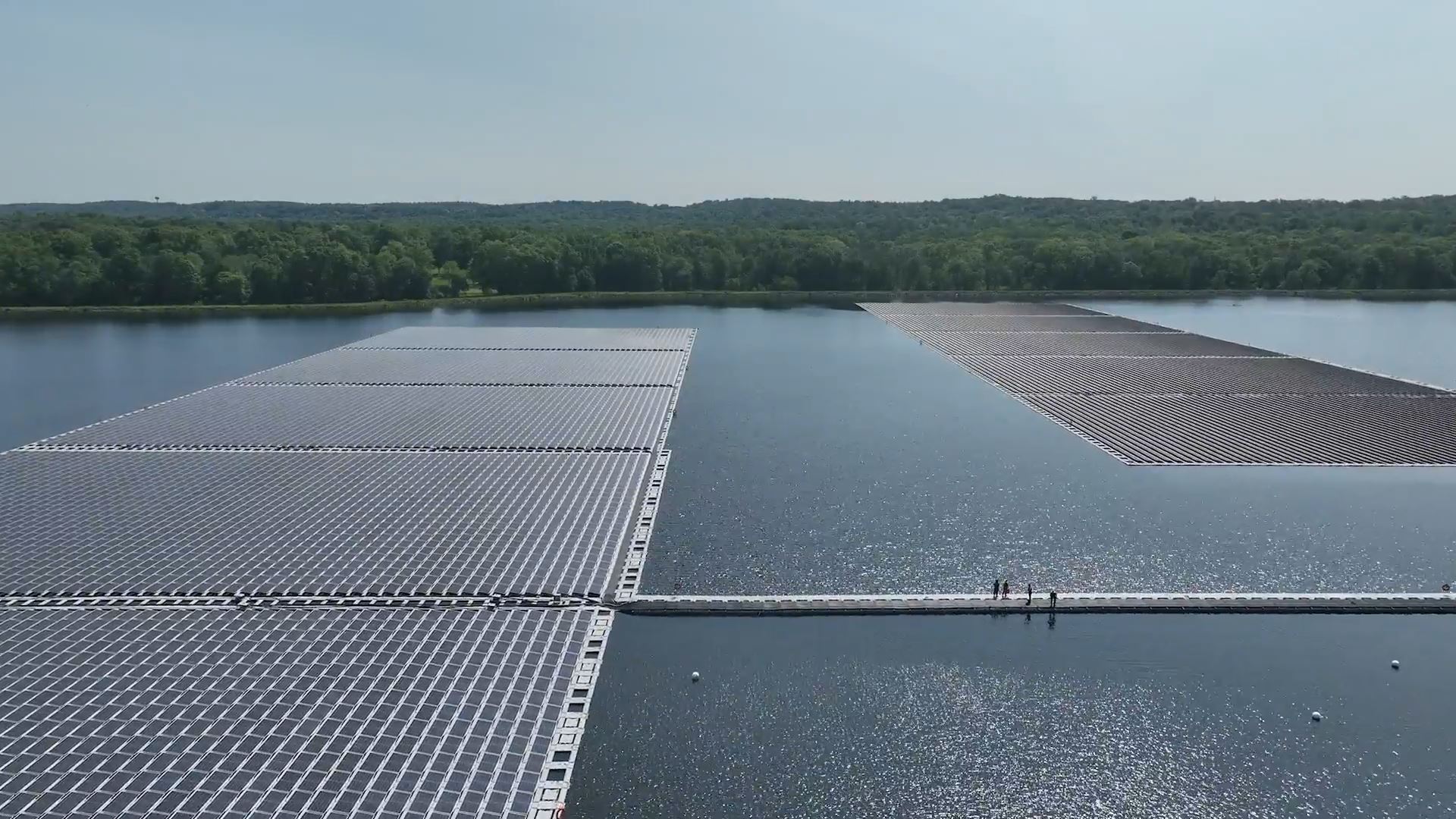
Image: NJR Clean Energy Ventures
Floating solar projects have a trifecta in value proposition, for their clean energy generation, land use and water conservation. Third Pillar and Diamond Infrastructure said floating solar installations conserve an estimated 15% of freshwater typically lost to evaporation.
Italian researchers in 2023 found the use of non-evaporated water at floating solar installations can earn more than $3 per kW in revenue if used for irrigation and higher than $4 per kW if sold to generate hydroelectricity.
“Floating solar can enhance and transform the value of existing infrastructure, all while providing cost-competitive energy, preserving agricultural land, reducing evaporation losses, and existing out of public view,” Third Pillar CEO Jaimeet Gulati said.’
Floating solar installations have also been found to have greater efficiency than ground-mounted installations due to the water’s cooling effect. Researchers from the University of Louisiana at Lafayette and State University of Ponta Grossa found floating solar has a 3% efficiency gain over ground-mounted systems under the Sandria National Laboratories model. “As the cell temperature goes down due to water proximity, the efficiency increases,” the researchers said.
However, floating solar has its drawbacks. Efforts to understand floating solar technology’s role in future energy systems is still in its infancy stage, NREL said in a report earlier this year. NREL said the technology faces its own unique technical and engineering constraints, such as problems that currents and ice floes may pose.
The capital expenditure for floating solar systems is between about $0.13 per watt to $0.15 per watt more than for ground-mounted PV systems, according to Harshul Kanwar, a research analyst for Wood Mackenzie.
Floating solar systems have a 15% larger carbon footprint than land-based systems with an east-west orientation, according to the International Energy Agency. Compared to those with a south orientation, the carbon footprint is about 25% greater.
Roughly 1 MW of floating solar covers between about 17 acres to 25 acres of water, and generate 1500 MWh, according to Global Industry Analysts.
Third Pillar was founded in 2022 and said it maintains an active development pipeline of over 60 projects across 11 states. The company exclusively focuses on floating solar installations, and works across complete project lifecycles from development to decommission.
(Also read: All floating PV technologies at a glance)
This content is protected by copyright and may not be reused. If you want to cooperate with us and would like to reuse some of our content, please contact: editors@pv-magazine.com.
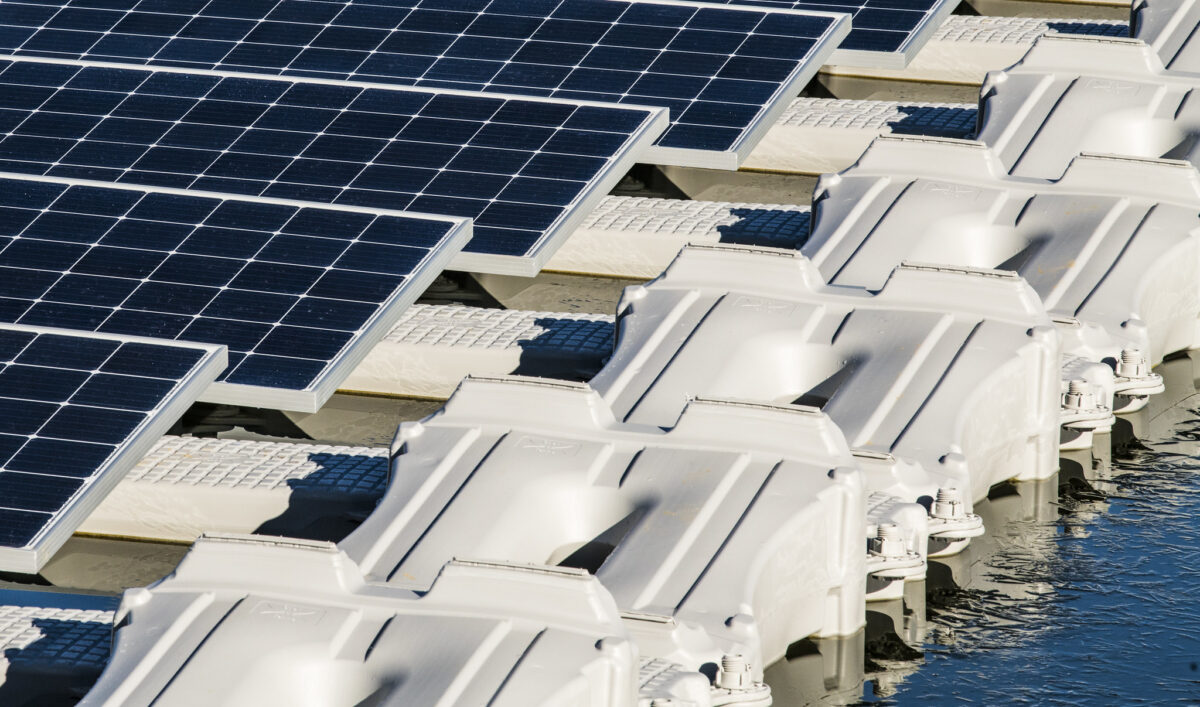
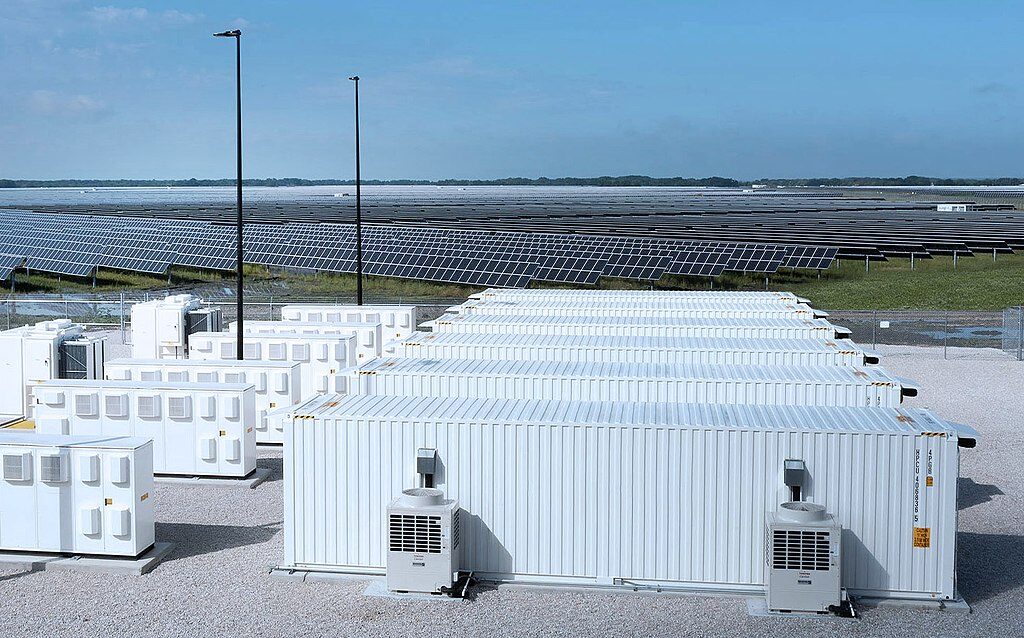



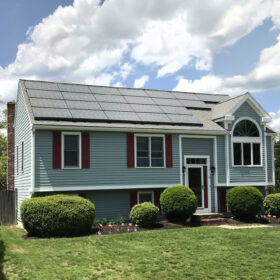
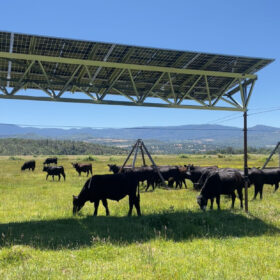
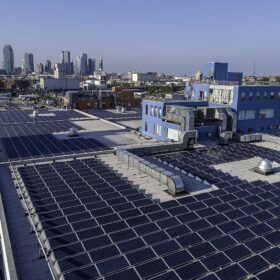

By submitting this form you agree to pv magazine using your data for the purposes of publishing your comment.
Your personal data will only be disclosed or otherwise transmitted to third parties for the purposes of spam filtering or if this is necessary for technical maintenance of the website. Any other transfer to third parties will not take place unless this is justified on the basis of applicable data protection regulations or if pv magazine is legally obliged to do so.
You may revoke this consent at any time with effect for the future, in which case your personal data will be deleted immediately. Otherwise, your data will be deleted if pv magazine has processed your request or the purpose of data storage is fulfilled.
Further information on data privacy can be found in our Data Protection Policy.